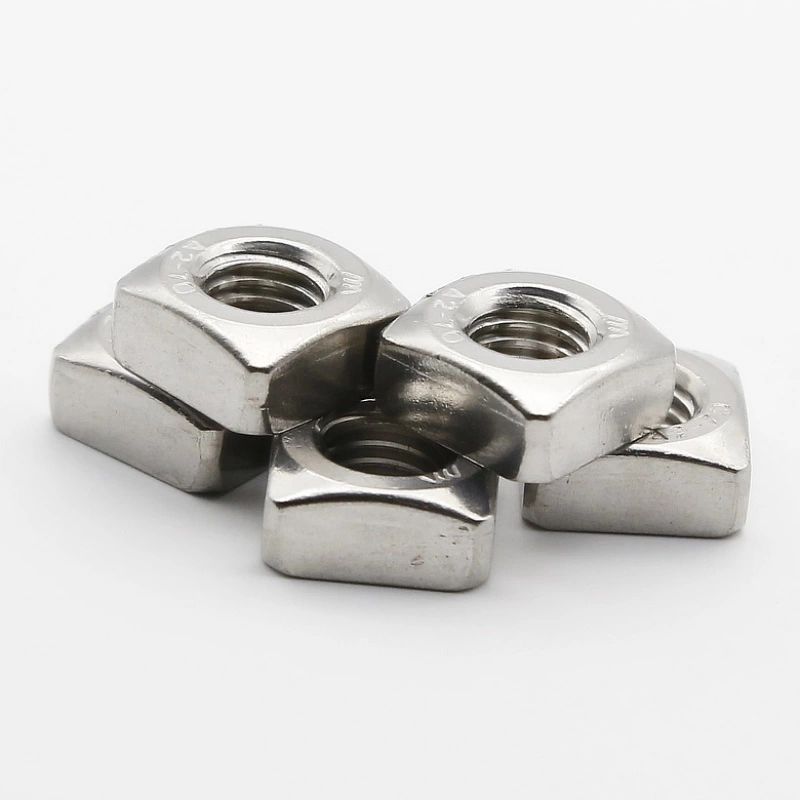

Comparing Flat Washers and Spring Washers for Optimal Fastening Solutions in Various Applications
юли . 24, 2024 02:35 Back to list
Comparing Flat Washers and Spring Washers for Optimal Fastening Solutions in Various Applications
Understanding Flat Washers and Spring Washers Essential Components in Mechanical Assemblies
In mechanical engineering, ensuring the stability and integrity of assembled components is paramount. Two common types of washers that play crucial roles in achieving this stability are flat washers and spring washers. Both types serve specific purposes, contributing to the longevity and functionality of mechanical systems.
Flat Washers
Flat washers are circular disks with a centrally located hole, typically made from materials such as steel, stainless steel, or plastic. Their primary function is to distribute the load of a fastener—like a bolt or screw—over a larger surface area. This load distribution minimizes the risk of damage to the assembly materials, especially in softer substrates, where excessive pressure from a fastener could lead to deformation.
Flat washers also help prevent loosening and wear of fasteners. By providing a smooth contact surface, they reduce friction between the fastener and the material being fastened, which can help prevent issues like galling. Additionally, flat washers act as spacers, which can assist in aligning components correctly. They are widely used in various applications, from construction and automotive to electronics.
Spring Washers
In contrast, spring washers are designed primarily to provide a tensioning force and absorb shock loads. These washers are typically made from spring steel, giving them elasticity. Their unique shape, often formed into a spiral or wave, allows them to exert a constant force that keeps a fastener tightly secured.
flat washer and spring washer

The primary function of a spring washer is to prevent the loosening of fasteners due to vibration or dynamic loads. In many applications, such as machinery or vehicles, vibrations can lead to the gradual loosening of bolts and nuts, which can compromise the integrity of the assembly. By applying continuous pressure against the fastener, spring washers help maintain the tightness of connections and reduce the risk of failure.
Furthermore, spring washers can accommodate slight shifts in alignment, making them ideal for applications involving movement or vibration. They are commonly used in automotive, aerospace, and industrial applications, where machine performance and safety are critical.
Choosing the Right Washer
Selecting between flat washers and spring washers depends on the specific requirements of the application. For static loads where vibration is minimal, flat washers are generally more appropriate. They are simple in design and effective at distributing loads across surfaces. However, in situations where vibrations or dynamic forces are a concern, spring washers are preferred because of their ability to maintain tension and secure fasteners effectively.
Additionally, it is crucial to consider the material properties and environmental conditions that may affect washer performance. For instance, in corrosive environments, stainless steel or coated flat washers and spring washers may be necessary to prevent rust and degradation.
Conclusion
In conclusion, flat washers and spring washers are fundamental components in mechanical assemblies, each playing distinct but complementary roles. Flat washers provide load distribution and surface protection, while spring washers offer tension and vibration resistance. Understanding their functions, materials, and appropriate applications ensures optimal performance of mechanical systems, enhancing durability and reliability. Thus, engineers and designers must carefully select the right type of washer to meet the demands of their specific applications, ultimately contributing to the efficiency and safety of their projects.
Latest news
-
Best Self Tapping Screws for Drywall - Fast & Secure Installation
NewsJul.31,2025
-
High-Strength Hot Dip Galvanized Bolts-Hebei Longze|Corrosion Resistance&Customization
NewsJul.31,2025
-
Hot Dip Galvanized Bolts-Hebei Longze Metal Products|Corrosion Resistance&High Strength
NewsJul.31,2025
-
Hot Dip Galvanized Bolts-About LongZe|High Strength, Corrosion Resistance
NewsJul.30,2025
-
High-Strength Hot Dip Galvanized Bolts - Hebei Longze | Corrosion Resistance, Customization
NewsJul.30,2025
-
Hot Dip Galvanized Bolts-Hebei Longze|Corrosion Resistance&High Strength
NewsJul.30,2025

